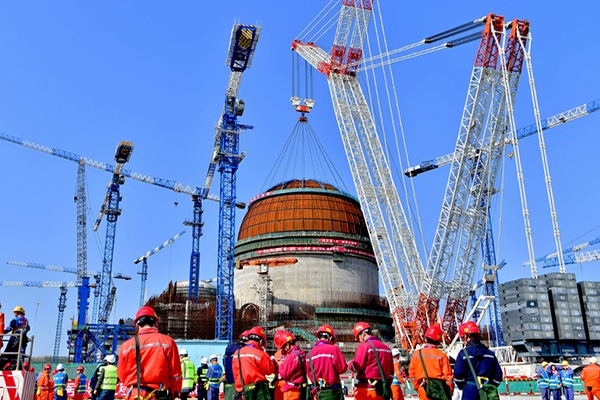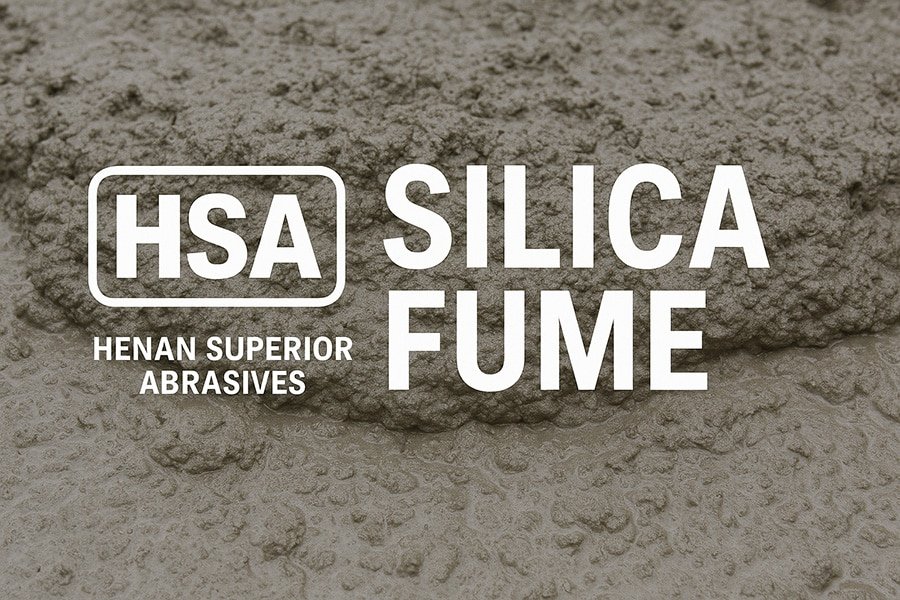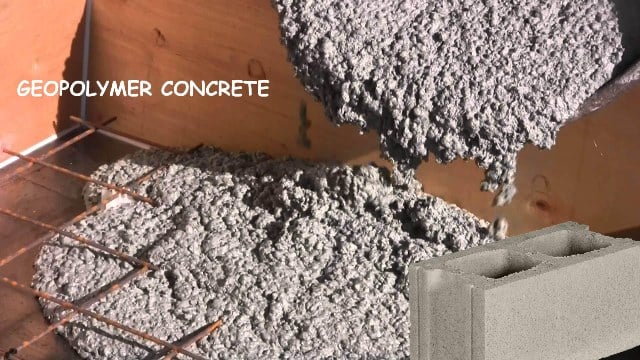Avec la croissance de la demande mondiale d’énergie propre, la construction de l'énergie nucléaire, comme forme d’énergie efficace et à faible émission de carbone, s'accélère à l'échelle mondiale. Dans ce processus, la sécurité des centrales nucléaires est d’une importance capitale, et l'île nucléaire, comme élément central d'une centrale nucléaire, the robustness and durability of its structure is the key to ensure the safe operation.HSA Microsilica, as a special material, has been widely used in the construction of nuclear islands of nuclear power plants, which significantly improves the performance of the concrete, and provides a solid guarantee for the safe operation of nuclear power plants.
Background:
The nuclear island of a nuclear power plant is the structure that houses the reactor and related equipment, et il doit être capable de résister à des environnements d'exploitation extrêmes, y compris les températures élevées, hautes pressions, radiation, et potentiellement des catastrophes naturelles telles que des tremblements de terre. Par conséquent, les matériaux de construction des îlots nucléaires doivent être extrêmement solides et durables. Bien que le béton traditionnel soit largement utilisé dans la construction, ses performances dans des environnements particuliers comme les centrales nucléaires doivent encore être améliorées.
Application de la microsilice HSA:
Microsilice HSA, during the high-temperature smelting of industrial silicon and ferrosilicon by industrial electric furnaces, the smoke and dust escaping with the exhaust gas are collected and processed by a special collection device. This material is highly reactive and can react with the silicate in cement to form a denser and stronger concrete structure. During the construction of nuclear islands in nuclear power plants, HSA Microsilica is added to concrete to improve its compressive strength, impermeability and durability.
At a new nuclear power plant project in China, engineers used HSA Microsilica to strengthen the concrete at the base of the nuclear island. Prior to construction, engineers rigorously tested the properties of the HSA Microsilica to ensure that it would remain stable at high temperatures and in radiation environments. The amount of HSA Microsilica added to the concrete mix was precisely calculated to achieve optimal mechanical properties.
During construction, HSA Microsilica is mixed with cement, aggregate and water to form a new type of high-performance concrete. The concrete shows excellent workability during placement, is easy to pour and vibrate, and exhibits five times the strength of conventional concrete after hardening. en outre, the concrete has better impermeability and durability, and can effectively prevent the leakage of radioactive materials, ensuring the long-term safety of the nuclear island structure.
Results and Impact:
Through the use of HSA Microsilica, the nuclear island base of this nuclear power plant has achieved significant improvements in construction quality and safety. The application of this material not only improves the construction efficiency, but also reduces the long-term maintenance cost, which provides a strong guarantee for the stable operation of the nuclear power plant. À la fois, this case also demonstrates the potential of HSA Microsilica in nuclear power engineering, providing a new material choice for the construction of future nuclear power plants.
As an innovative material, la application of HSA Microsilica in nuclear power engineering proves its remarkable effect in enhancing the performance of concrete. With the continuous development of nuclear power technology, this material is expected to be applied in the construction of more nuclear power plants, contribuer au développement d’une énergie propre à l’échelle mondiale.





